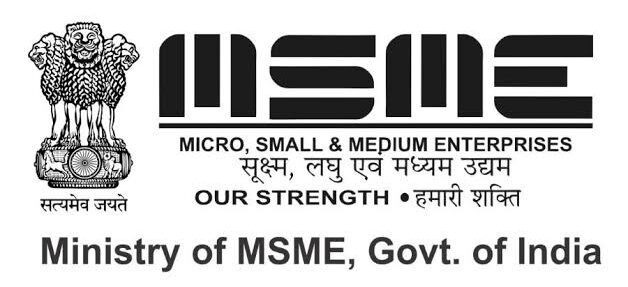Business Operations-Business Plan of Action with Time strap
Original price was: ₹30,000.00.₹25,000.00Current price is: ₹25,000.00.
A Business Operations Business Plan of Action with Time Straps outlines the specific steps and strategies a company will take to effectively manage its operations and achieve its objectives within a defined timeframe. This plan typically includes details on various aspects such as production processes, supply chain management, resource allocation, quality control measures, and customer service initiatives. Each action item is accompanied by a timeline or deadline, ensuring accountability and timely execution. By delineating tasks and setting clear timeframes, this plan helps streamline operations, enhance efficiency, and ultimately drive business success.
10000 in stock
Description
Additional information
| Business Operations | startup |
|---|


















